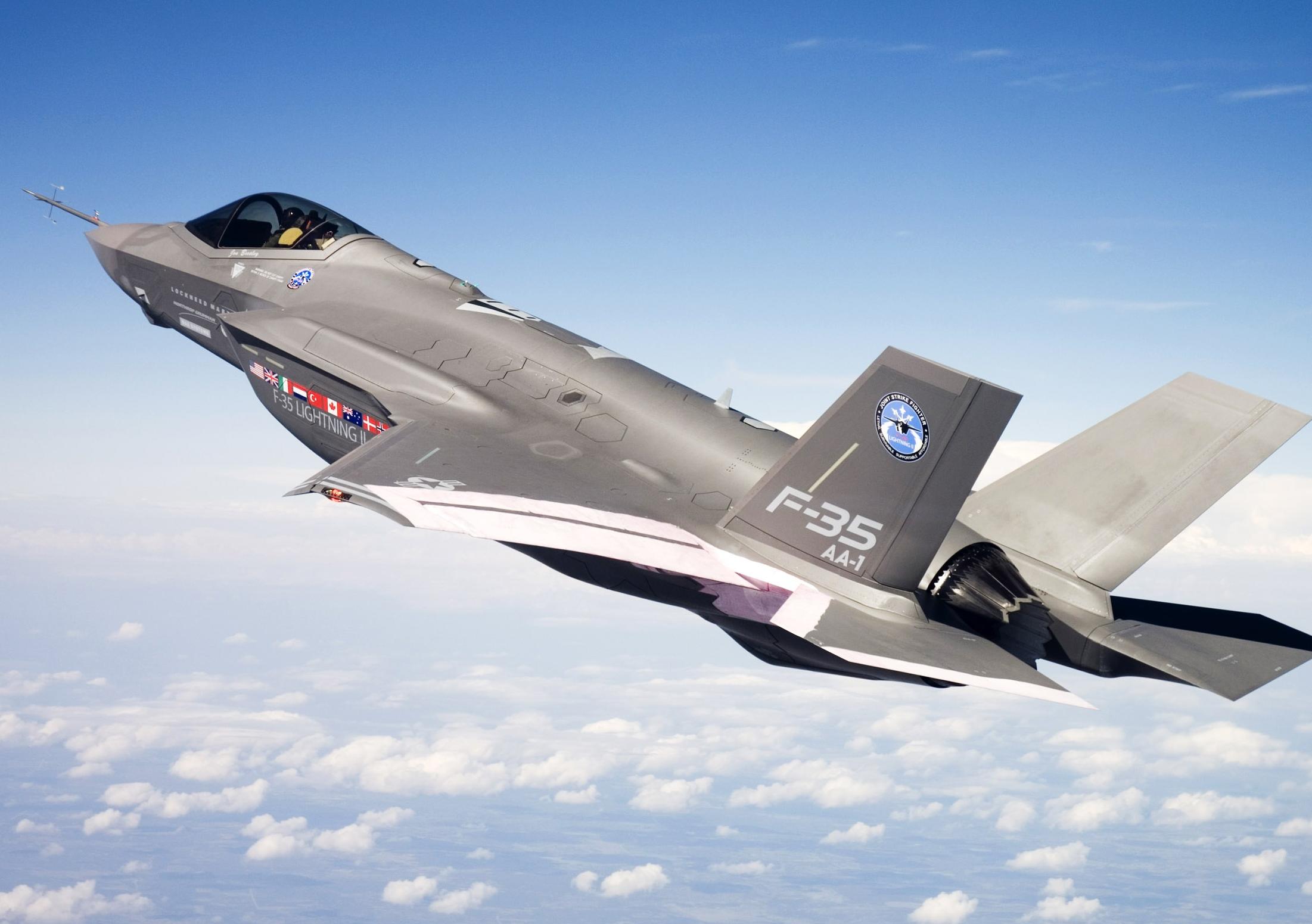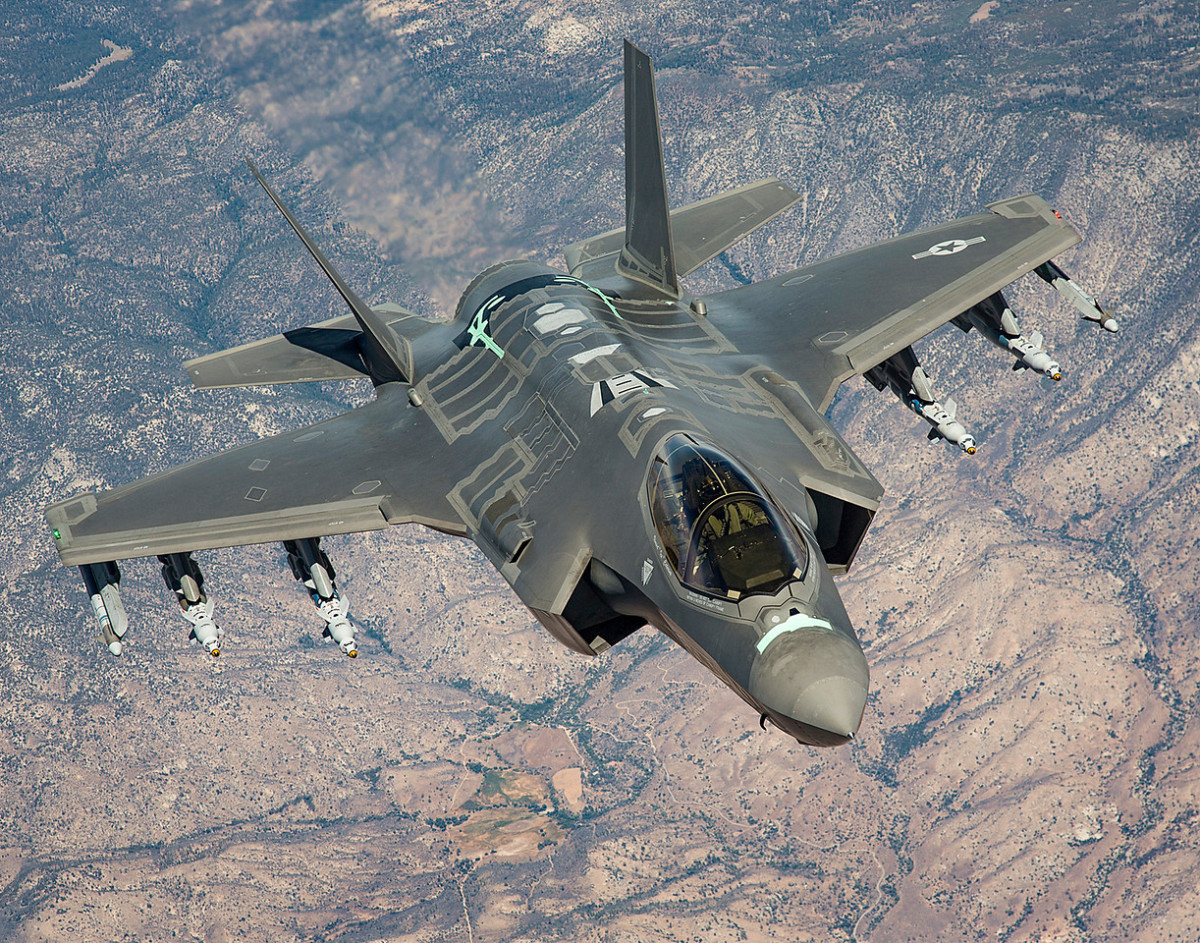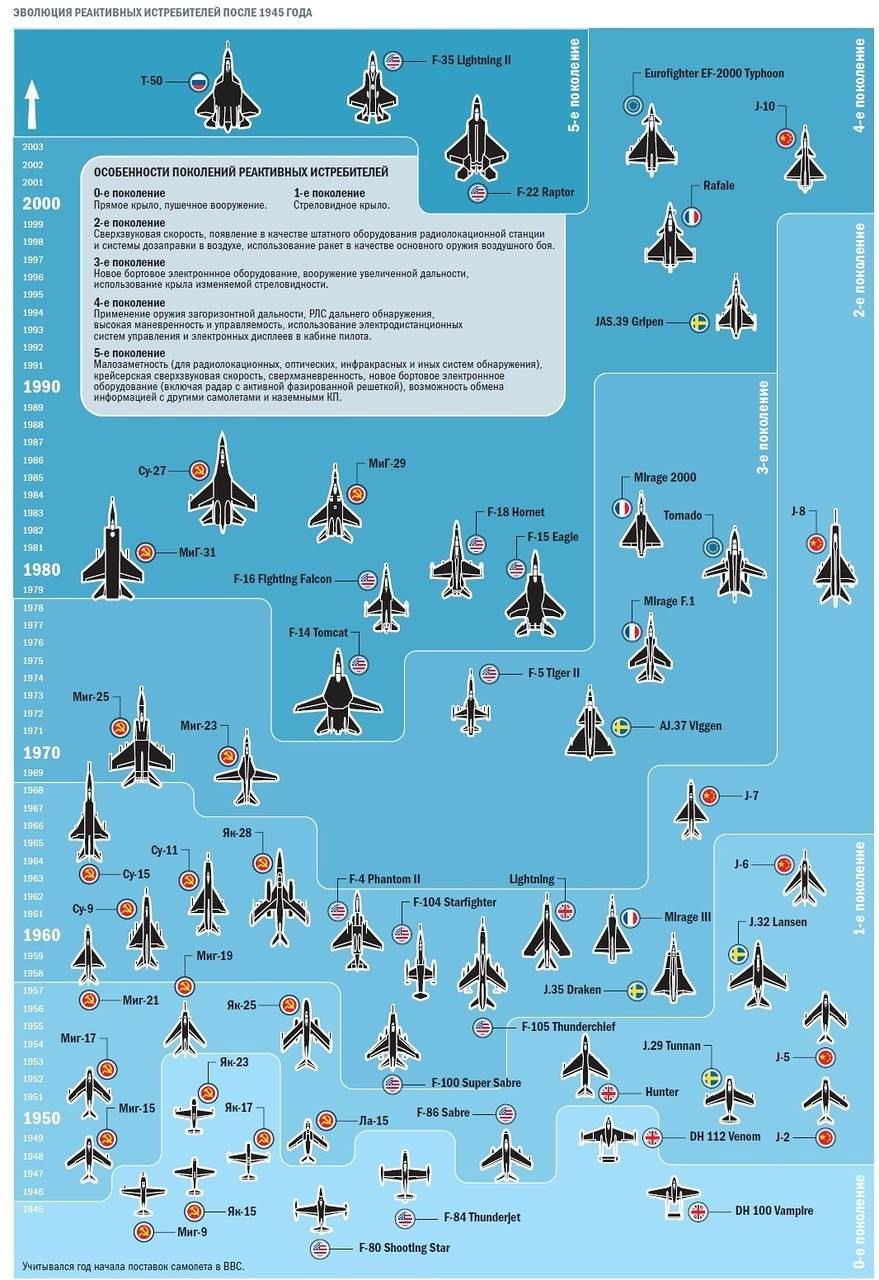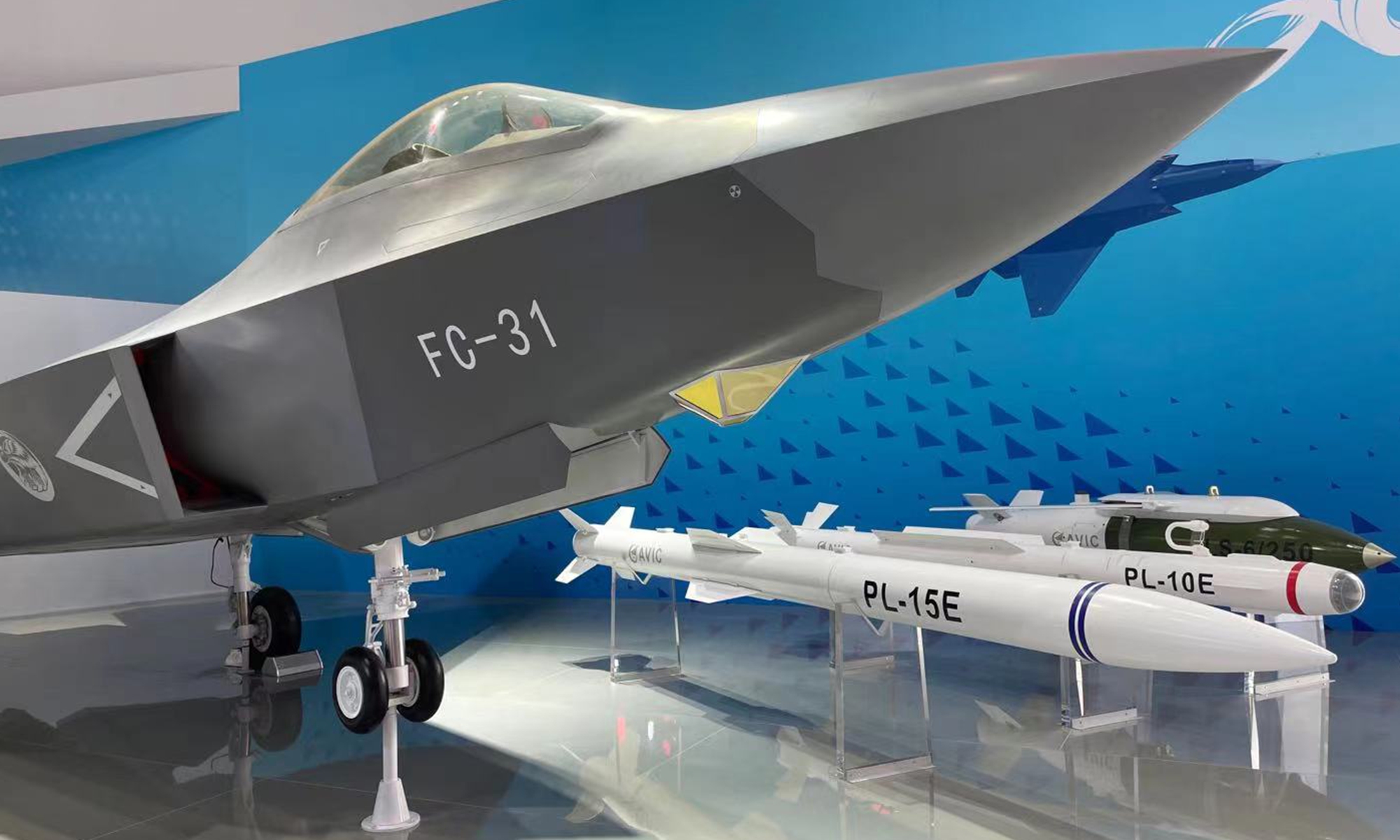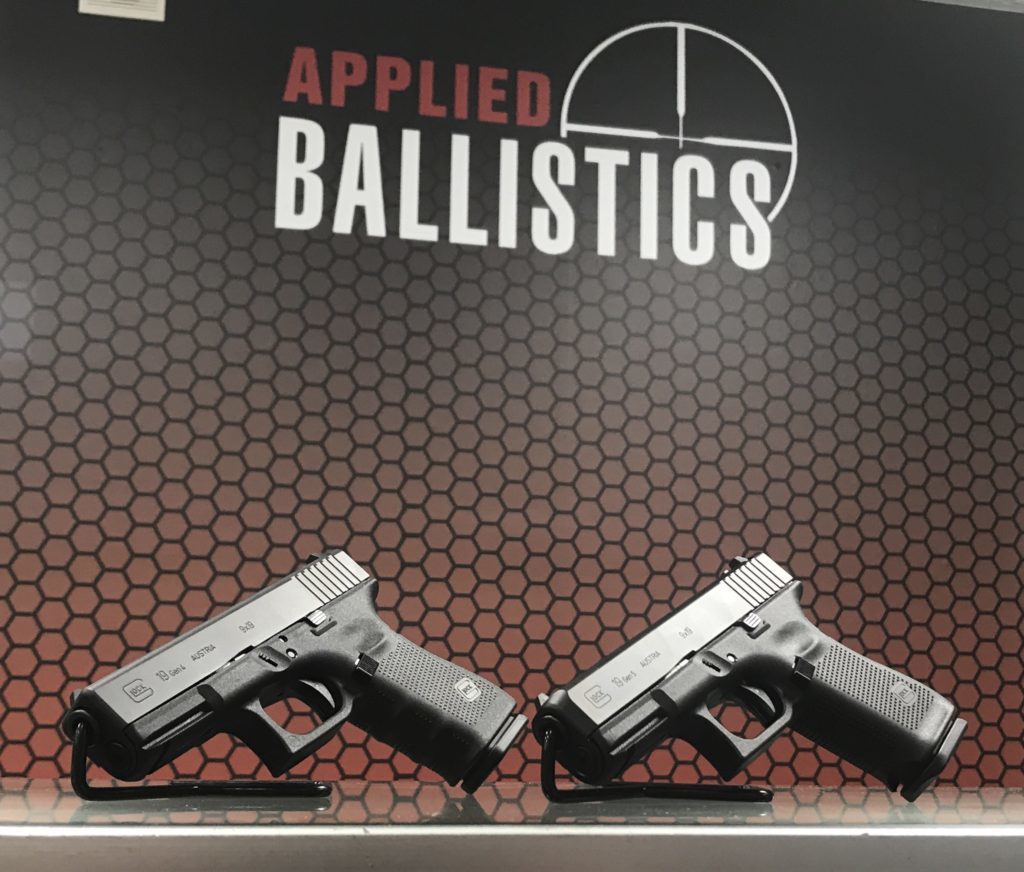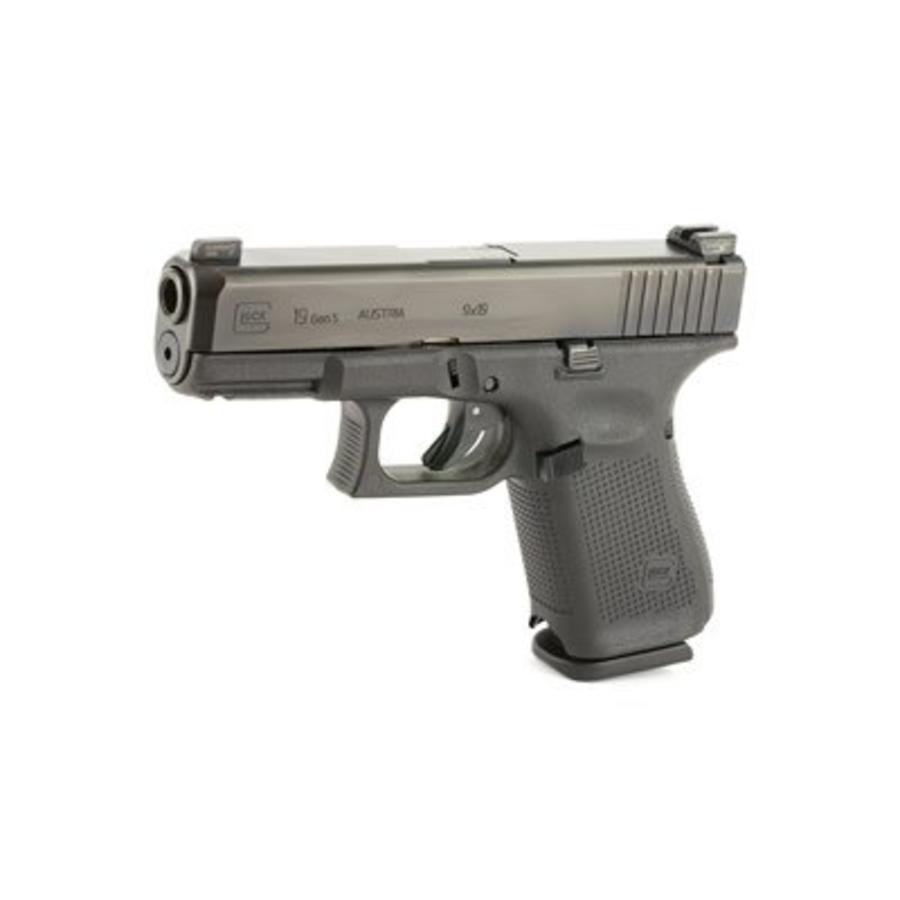Generations Of Us Fighter Jets - An F-16 Fighting Falcon (left), P-51D Mustang (below), F-86 Saber (above), and F-22 Raptor (right) fly in formation representing four generations of American fighters.
Fighter aircraft are fixed-wing military aircraft designed primarily for air-to-air combat. In a military conflict, the role of combat aircraft is to establish air superiority of the battlespace. Domination of the airspace above a battlefield enables bombers and attack aircraft to carry out tactical and strategic bombing of enemy targets.
Generations Of Us Fighter Jets
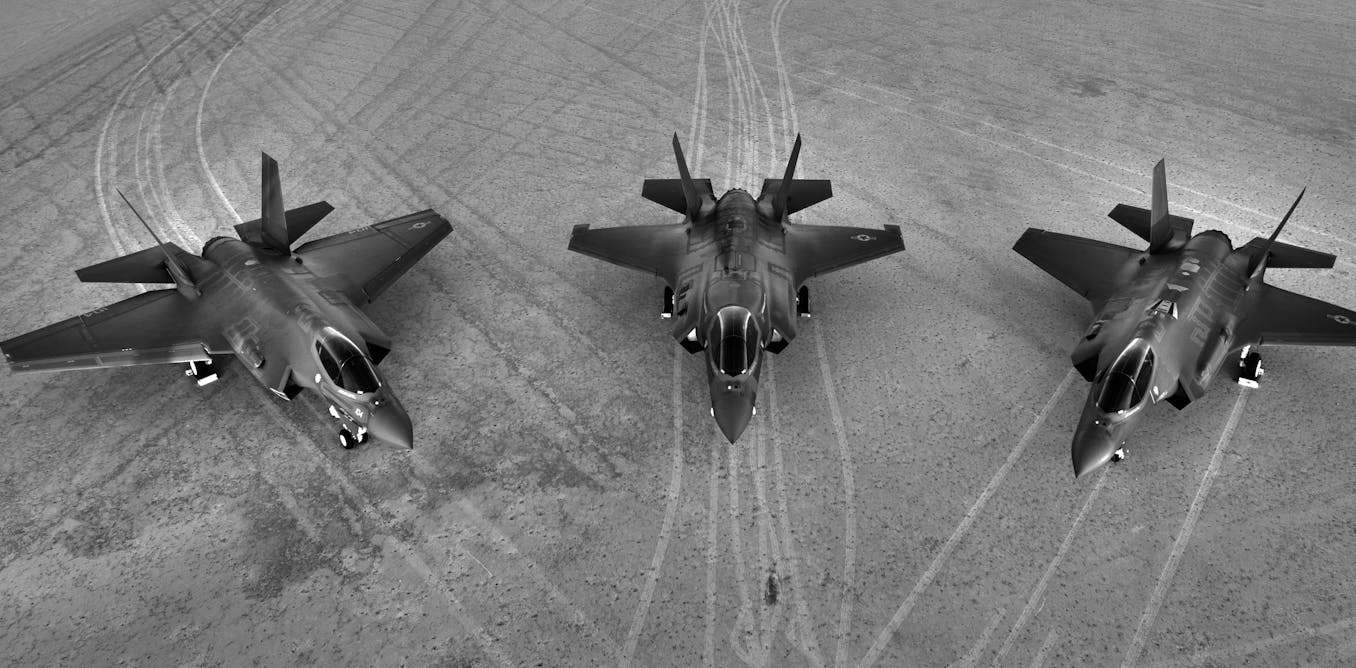
The main performance characteristics of a fighter include not only its firepower, but also its high speed and maneuverability relative to the target aircraft. The success or failure of a fighter's efforts to gain air superiority depends on many factors, including the skill of its pilots, the tactical soundness of its doctrine for deploying its fighters, and the numbers and performance of those fighters.
Explained: Why 6th Generation Fighters Will Crush The F 35 And F 22
Many modern fighter aircraft also have secondary capabilities such as ground attack and some types, such as bombers, are designed for dual roles from the outset. Other fighter designs are highly specialized while still filling the most important role in air superiority, and these include the interceptor, heavy fighter and night fighter.
A giv type can be designed for specific combat conditions, and in some cases for additional roles such as air-to-ground combat. Historically, the British Royal Flying Corps and RAF referred to them as "scouts" until the early 1920s, while the US Army called them "pursuit" aircraft until the late 1940s. The United Kingdom changed to calling them fighters in the 1920s
Of these, the Fighter bomber, reconnaissance fighter and strike fighter classes are dual role, with the qualities of the fighter as well as some other battlefield role. Some fighter designs can be developed into variants that fulfill other roles, such as ground attack or unarmed reconnaissance. This may be for political or national security reasons, for advertising purposes, or other reasons.
The Sopwith Camel and other "combat scouts" of the First World War did a lot of ground attack work. During World War II, the USAAF and RAF often favored fighters over purpose-built light bombers or dive bombers, and types such as the Republic P-47 Thunderbolt and Hawker Hurricane were no longer competitive as fighters against -aircraft are relegated to ground attack. Several aircraft, such as the F-111 and F-117, have received fighter designations, although they lacked fighter capability for political or other reasons. The F-111B variant was originally intended for combat aircraft with the US Navy, but was cancelled. This ambiguity follows the use of fighters from their earliest days for "attack" or "strike" operations against ground targets by strafing or dropping small bombs and indentations. Multi-role fighter-bombers such as the McDonnell Douglas F/A-18 Hornet are a less obvious option than having a variety of specialist aircraft.
The F 36 Kingsnake: The 'fifth Generation Minus' Fighter Usaf Wants
Some of the most extensive fighters such as the US Grumman F-14 Tomcat, McDonnell Douglas F-15 Eagle, Lockheed Martin F-22 Raptor and Russian Sukhoi Su-27 were used as all-weather interceptors as well as air superiority fighters, while they often developing air-to-ground roles late in their careers. An interceptor is generally an aircraft intended to target (or intercept) bombers and therefore often trades maneuverability for a rate of climb.
As part of military nomenclature, different types of aircraft are often assigned a letter to indicate their use, along with a number to identify the specific aircraft. The letters used to designate a hunter differ in different countries. In the Glish speaking world "F" is now often used to denote a fighter (eg Curtiss P-40 Warhawk), a translation of the Frch "C" (Dewoitine D.520 C.1) on for Chasseur while in Russia "I" was used for Istrebitel, or fighter (Polikarpov I-16).
As fighter types increased, the air superiority fighter emerged as a distinct role at the height of speed, maneuverability, and air-to-air weapon systems - able to hold its own against all other fighters and establish its dominance in the sky above the sky. battlefield
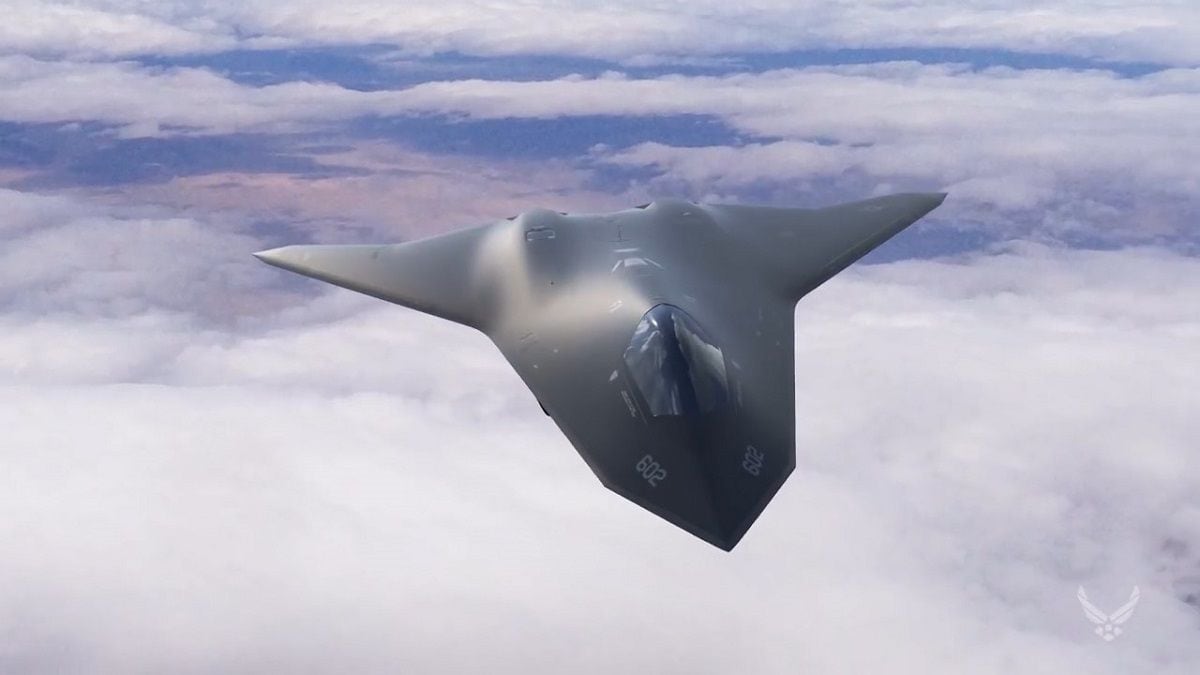
The interceptor is a combat aircraft specifically designed to intercept and measure emi aircraft. There are two general classes of interceptor: relatively light aircraft in the point-defce role, built for quick response, high performance and with short range, and heavier aircraft with more extensive avionics and designed to fly at night or at all weather flight operating over longer ranges. Established in the First World War, by 1929 this class of fighter had become known as the interceptor.
So What Is A 6th Generation Fighter Jet?
The equipment required for daytime flying is not sufficient when flying at night or in poor visibility. The night fighter was developed during the First World War with additional equipment to assist the pilot in straight ahead flight, navigation and target acquisition. From modified variants of the Royal Aircraft Factory B.E.2c in 1915, the night fighter developed into a very capable all-weather fighter.
The strategic fighter is a fast, well-armored and long-range type, which can act as an escort fighter protecting bombers, to carry out its own offensive types as a penetration fighter and to carry out fixed patrols at some distance from home.
Bombers are vulnerable due to their low speed, large size and poor maneuverability. The escort fighter was developed during the Second World War to come between the bombers and emi attackers as a protective shield. The main requirement was for long range, with several heavy fighters providing the role. However, they were also clumsy and vulnerable, so as the war progressed, techniques such as drop tanks were developed to expand the range of more maneuverable convtional fighters.
Typically, the penetration fighter is also equipped for the role of the ground attacks, and is therefore able to defend itself when carrying out types of attack.
Makichuk: Us, China In Race To Produce A Sixth Gen Fighter
This section requires additional citations for verification. Please help improve this article by adding citations to reliable sources. Unsourced material may be challenged and removed. (October 2021) (Learn how and where to delete this template message)
Since the First World War, achieving and maintaining air superiority has been considered essential to victory in conventional warfare.
Fighters continued to develop through the First World War, for those emi planes and directors the ability to gather information through reconnaissance on the battlefield. Early fighters were very small and lightly armed by later standards, and most were biplanes built with a fabric-covered wooden frame, and a maximum airspeed of about 100 mph (160 km /h). As the control of airspace over armies became increasingly important, all major powers developed fighters to support their military operations. Between the wars, wood was partially or completely replaced by metal tubes, and eventually aluminum stressed skin structures (monocoque) began to dominate.
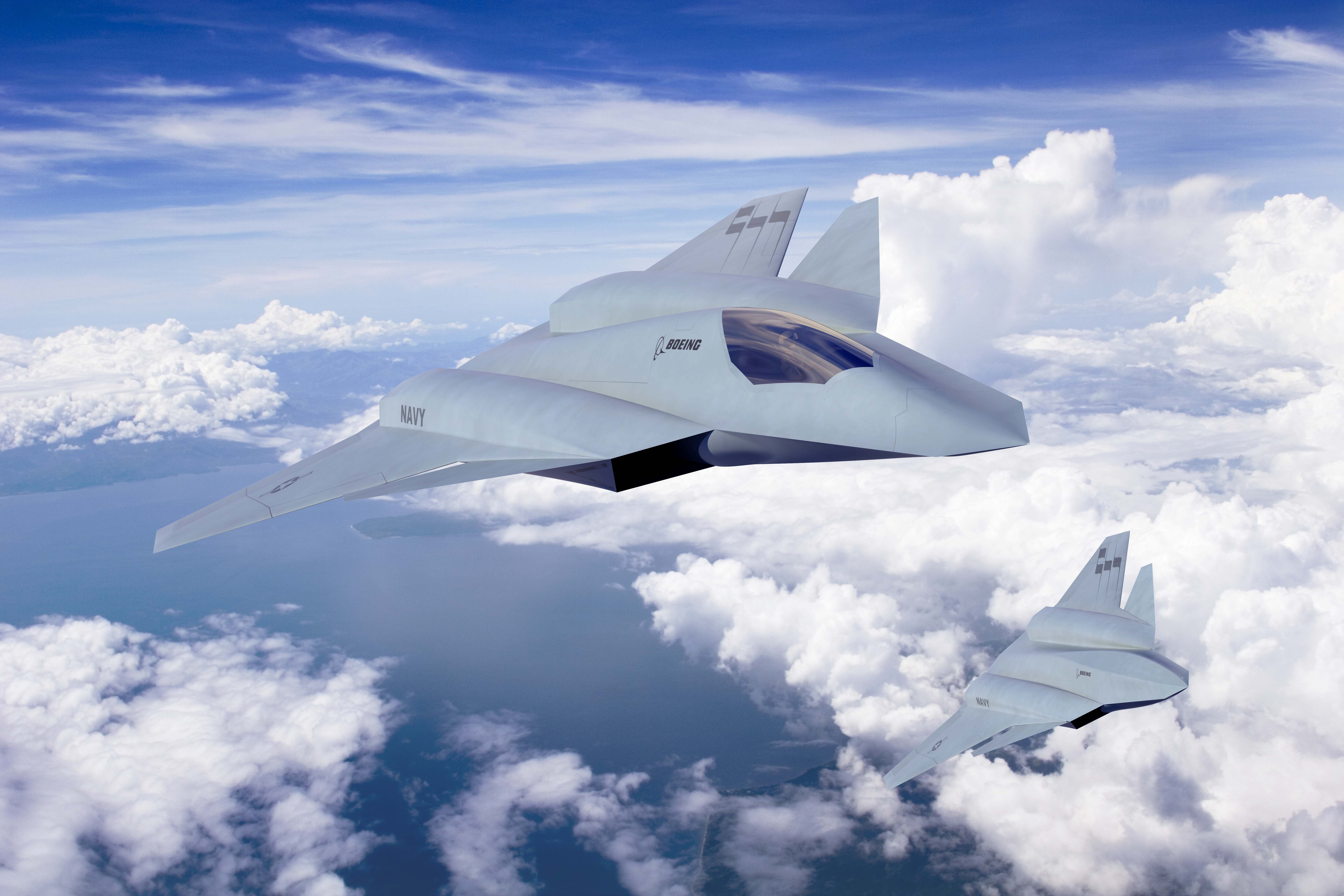
By the Second World War, most fighters were just metal monoplanes armed with batteries of machine guns or cannons and some were capable of speeds approaching 400 mph (640 km/h). Most fighters up to this point had a single gin, but a number of twin-gin fighters were built; however, they were found to be superior to single-engine fighters and relegated to other tasks, such as night fighters with primitive radar sets.
Japan, U.k. And Italy To Jointly Develop Next Gen Fighter Aircraft By 2035
Towards the end of the war, turbojet engines replaced piston engines as the means of propulsion, further increasing the speed of aircraft. As the weight of the turbojet gine was much less than a piston gine, having two gines was no longer a disadvantage and one or two were used, depending on the requirements. This in turn required the development of ejection seats so the pilot could escape, and G-suits to withstand the much greater forces applied to the pilot during manoeuvres.
In the 1950s, day fighters were fitted with radar, as the increased range of air-to-air weapons meant that pilots could not go far ahead to prepare for the opposition. After that, radar capabilities grew tremendously and are now the primary method of target acquisition.
Wings were made thinner and swept back to reduce transonic drag, which required new manufacturing methods to gain sufficient strength. Skins were no longer sheet metal attached to a structure, but milled from large sheets of alloy. The sound barrier was broken, and after a few false starts due to the required changes in the controls, Mach 2 speeds were quickly reached, and aircraft could not maneuver enough to avoid attacks.
Air-to-air missiles largely replaced guns and rockets in the early 1960s as it was believed that both could not be used at the speeds reached, however the Vietnam War showed that guns still had a role to play, and most fighters built since then have been equipped. with cannon (usually between 20 and 30 mm (0.79 and 1.18 in) in caliber) as well as missiles. Most modern combat aircraft can carry at least a few air-to-air missiles.
Us Air Force Reveals More On Its Sixth Generation Fighter Jet
In the 1970s, turbofans replaced turbojets, improving fuel economy, although jets could replace the last piston engine support aircraft, enabling multi-role combat aircraft. Honeycomb structures began to replace milled structures, and the first composite components began to appear on components subjected to minor stresses.
US Air Force F-22 Raptor and F-35 Lightning II fighter jet over Florida's Emerald Coast
With the constant improvements in computers, protective systems have become more and more effective. To counter this,

Second degree assault washington state, 2nd degree assault sentence, 2nd degree aggravated assault, 2nd degree assault mn, 2nd degree assault, 2nd degree assault definition, 3rd degree assault washington state, 4th degree assault washington state, 2nd degree felony assault, 4th degree assault washington, what is assault 2nd degree, 2nd degree assault charges
